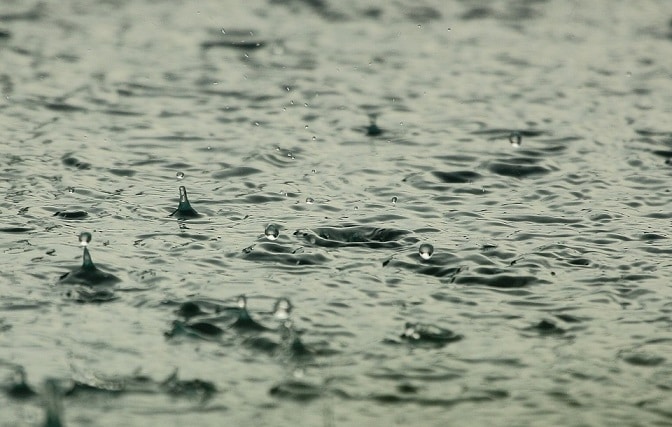Rain gauges are typically used to measure rainfall and thus adds as a helpful mechanism to predict rain for the following day, week and even months. With that being said, there would be no weatherman without it, so looking on the bright side, it allows for more employment too.
Although predicting rain might seem like a superpower, we humans make use of rain gauges. There are three different types which include a standard gauge, a tipping bucket gauge, as well as a weighing gauge.
This helps distinguish aspects that allow for the prediction of rain which is set up in such a way to deliver data that assists with predicting rain.
The Standard Rain Gauge
The recording of rainfall by using a standard gauge also referred to as the funnel rain gauge, is done manually. These work by capturing falling rain in a funnel-shaped collector which is attached to an 8-inch long tube. The collector is also 10 times the size of the tube in diameter. The gauge collects data by magnifying the liquid factor of 10. It then magnifies the rain and allows for a precise measurement each time.
The Tipping Bucket Gauge
The operation of the tipping bucket gauge is quite different when compared to the standard type and allows the funnel to lead into either one of two buckets. Filling a bucket only occurs at one-hundredth of an inch. To conclude measurement, the result includes the tipping of liquid into the outer shell of the gauge which triggers the second bucket. This process gets repeated and allows for a precise measurement of rain, which includes both the intensity and amount.
The Weighing Rain Gauge
This gauge is optimal for rain measurement in climatology use. It involves a vacuum that accounts for all the effects of the wind which allows rain to enter the weighing gauge. These gauges are always precise when it comes to measurement and does so with both the intensity and weighing mechanisms at the bottom of its collector to measure both the depth and time of rainfall at the same time.
Get bottled water dispensers and mains water dispensers from Living-Water in London.






